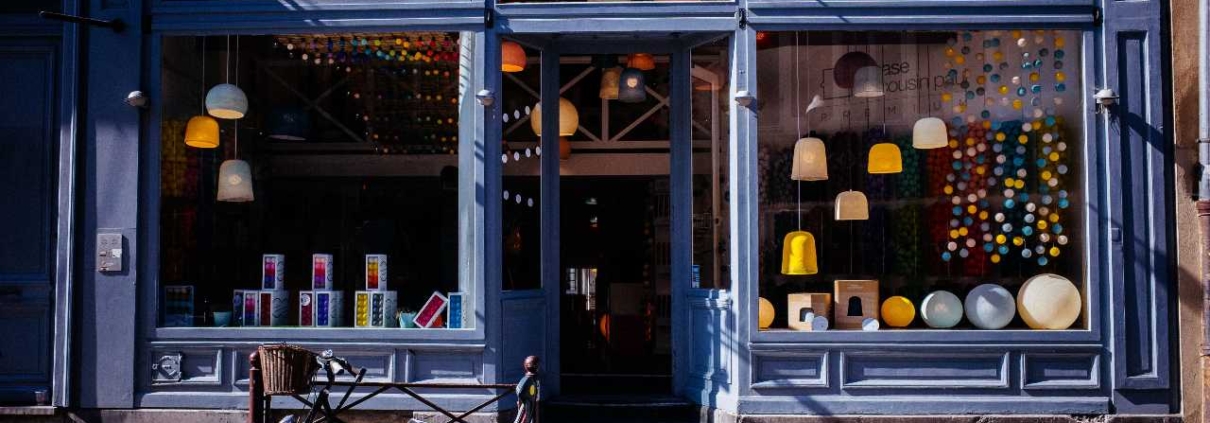Will the small retailer disappear?
The crisis has already caused quite a few headaches for the small shopkeeper. Future developments in retail and consumer behavior leave little room for hope. Or is it?
Trends.
Even though many organizations are still looking for the right strategic fit, a number of trends are already clearly visible and will continue in 2015.
One of the most important is the democratization of retail. The customer increasingly determines at an individual level what his product looks like. From clothes, shoes or even make-up that fit your individual needs. The customer puts together his product online and has it delivered or picked it up at one of the dynamic collection points.
Omni shopping is an irreversible trend. Oneline is shopped and may or may not be physically delivered or picked up at various locations. Mobile apps support the customer in his choice, and on the other hand, the apps provide valuable information about the customer and his behavior.
Predictive retailing must ensure that companies can respond in a timely manner to the changing demand, which changes almost on a daily basis. Information companies are busy analyzing customer behavior via Facebook or other social media and are selling this information to, for example, large retailers, supermarket chains or clothing brands.
The small retailer.
The small retailer, if not further organized in any partnership, will quickly have it checked. Many of the developments are beyond the [financial] possibilities of the small retailer. Add to this that online shopping will only grow stronger in the coming years, the physical interaction that the small retailer is so dependent on will disappear even more into the background.
Durable and original.
Still, there is another trend that the small retailer can take advantage of. More and more consumers are fed up with mass consumption and production and are longing for ‘fair’ products. Sustainably produced and above all original.
Another trend is that the consumer increasingly needs to buy from the original producer. The current models of ‘buying directly from the farmer’ is an example of this, in which the entire intermediate chain is eliminated at once. Or look at a concept like Etsy’s. Consumers can start their own business and sell their own crafts online.
Expertise.
Small shops can use their recognized expertise to survive. They won’t be able to compete with big players on price and speed. But differentiation in which there is a strong link with the original product can offer added value with which specific target groups can be reached.
Small bookstores offer service in the form of reading tables, workshops and often also a small café [non alcoholic] that appeals to customers. Supported by a good online presence and skilled staff. For example, small clothing stores can also provide local small-scale designers with the opportunity to use the store’s facilities to promote and market their products. Basically what Etsy’s does online, brought back to the brick and mortar store. Home services such as home furnishings and decoration can also be considered.
The small shopkeeper should enter into a partnership with his environment with those target groups who have little interest in the major players, who value authenticity and who want to contribute to locally sustainably developed products. In addition, the retailer can also be a good distribution point for local producers of all kinds of [non] food products, so that the margin of the brokering remains with the producer.
So there are plenty of opportunities for the small retailer, but he should be aware that the traditional way of selling is over for good.



